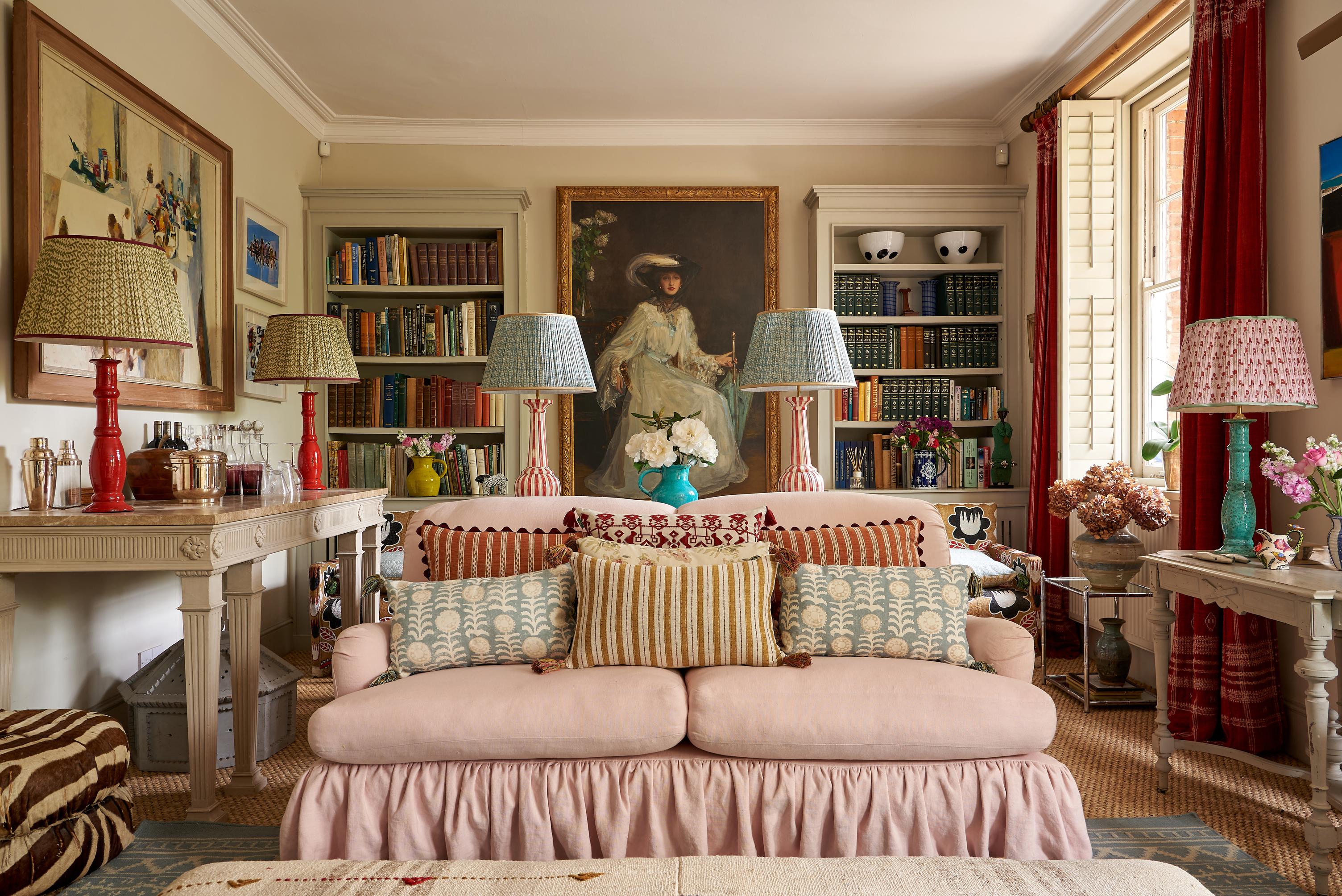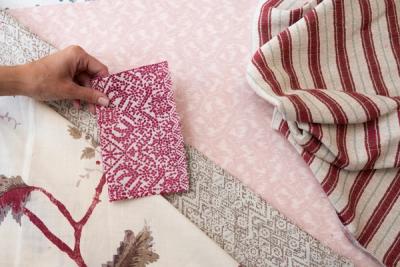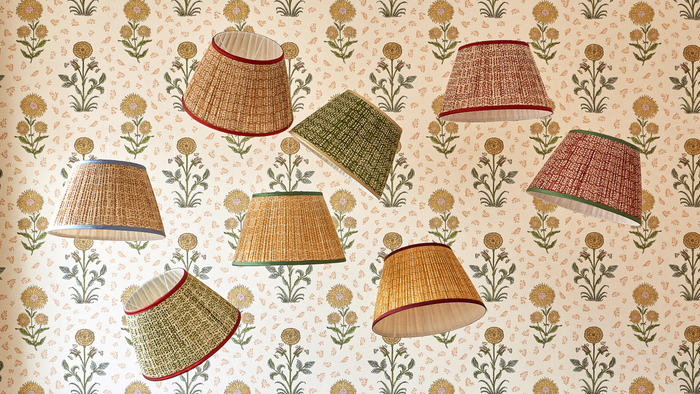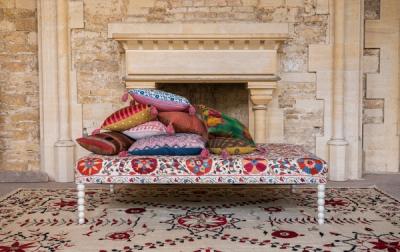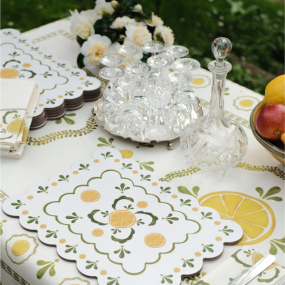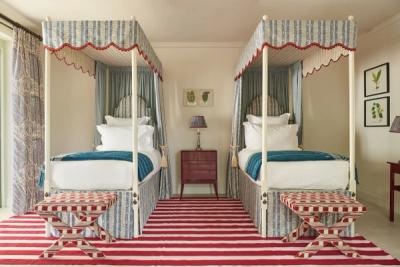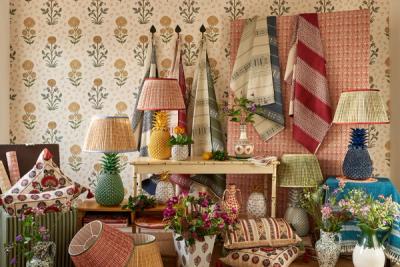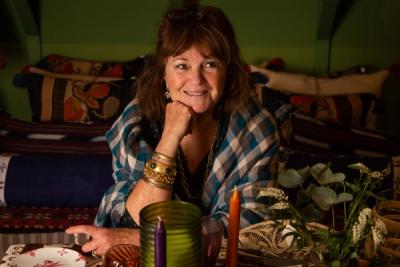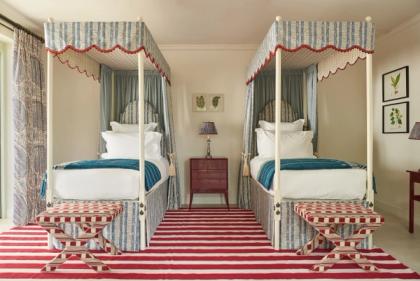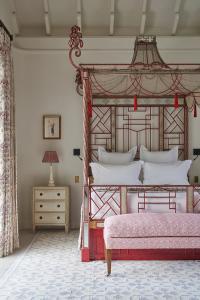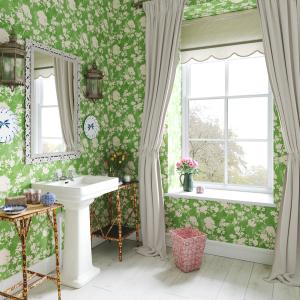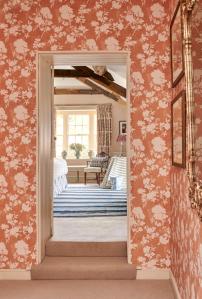Decoration
What Can We Learn From the 2023 RIBA House of the Year?
The RIBA House of the Year award celebrates excellence and innovation in home design. Click here to find out what we can learn from the winner.
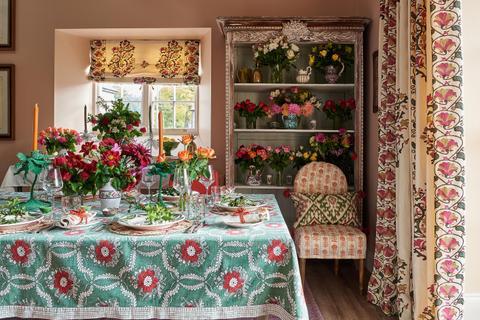
What Can We Learn From the 2023 RIBA House of the Year?
Toward the end of 2023, the annual RIBA – Royal Institute of Architecture – House of the Year award was given to the ‘Green House’, designed by Hayhurst & Co.
Made to recognise and celebrate excellence in home design, there’s always something we can learn from the winners of this award.
Whether it’s specific lighting, use of space, colours, furnishings, or textures, winners of the RIBA awards can give us a concrete look at the latest interior design themes, innovations, and typologies, helping us to visualise where to go with our own spaces.
With this in mind, we’re going to take a deep dive into the Green House, working to understand why it’s so great and the aspects of design it champions.
A Clever Use of Lighting
Of course, the first thing we were drawn to when examining the Green House was the lighting scheme! The vast majority of the house is designed with natural light in mind. The ground floor is open plan, with easy access to the kitchen, dining, and living areas – each of which flows into the other, with only furnishings and a step-in level to distinguish a change in space. These rooms are predominantly lit with large, double-aspect views of the garden and roof lights that bring constant daylight into the heart of the space.
That being said, decorative lighting doesn’t take a step back. In the living room, specifically, gorgeous decorative lamps are placed right up close to the furniture, helping to create a sense of intimacy and warmth in a space that can easily feel vast and cold.
Colours are also emboldened by wall lamps. In the entrance hall, floor-to-ceiling curtains are strung from the walls, almost gold in colour. Because they’re on the west and east side of the house – and placed beneath a square-shaped landing – they could easily have missed the mark and felt a little flat and sterile.
Big colours don’t always pop, of course, especially if the lighting does not work in their favour. The designers get the curtains right, however, with the clever placement of wall lamps – each with warm, yellow hues – that help the curtains to come alive in their space, balancing out the brighter, pure-white tones of the ground floor with something warmer and more striking.
A Statement With Colour
Another interesting thing we can learn about this house is that, on a base level, the colour scheme is neutral. The walls are all pure white – or at a push, the brightest shade of off-white – and the green colour used for the stairs, bannisters, and ceiling beams is a shade of fern rather than a typical emerald or forest green shade. Despite this, the phrasing used by RIBA to describe the colour scheme was ‘bold’ and ‘dramatic’.
This, then, has been achieved in two distinct ways. The first is simplicity and minimalism. After choosing neutral colours to form a base level, interior designers often look to vary styles with pops of colour -- feature walls, art, or boldly patterned upholstery. This then works to add layers to the home design and create ‘eye-catching moments’, helping to emit a sense of depth and character. In the Green House, however, there is just one ‘eye-catching moment’.
The green stairs, bannisters, and beams are the perfect contrast to the white walls and greyish-white flooring, and while the curtains add a sense of variation, the green is the real star of the show. Because it’s a single, lighter shade, it is not too overpowering, and yet it has been made dramatic by being the sole source of colour inherent in the design.
The second way this drama has been achieved is through adding multiple layers of green plant life. Throughout the house, several plants are dotted in each corner, with some even being hung from the landing itself. The benefit of house plants is that they create an airy, calming sense to an interior, but in this case, they also serve as a compliment to the primary interior colour. So while the house’s green is soft and delicate, the plant life is bold and beautiful, and both of them work together to elevate that sense of drama and beauty.
Final Thoughts
What we can learn from the Green House, then, is that interior design requires care and precision! We knew this already, of course, but the Green House proves how important it is to always think one step ahead.
Yes, this home might be open and naturally lit, but it also needed decorative lighting to lift colours and create intimate spaces. Yes, the designers went for a bold and dramatic colour scheme, but they did this by playing with the idea of neutralism, and complimenting that with inspired natural decor. In short, it's a clever, beautiful design that has been expertly planned. So make sure you take some notes!
More from Decoration
